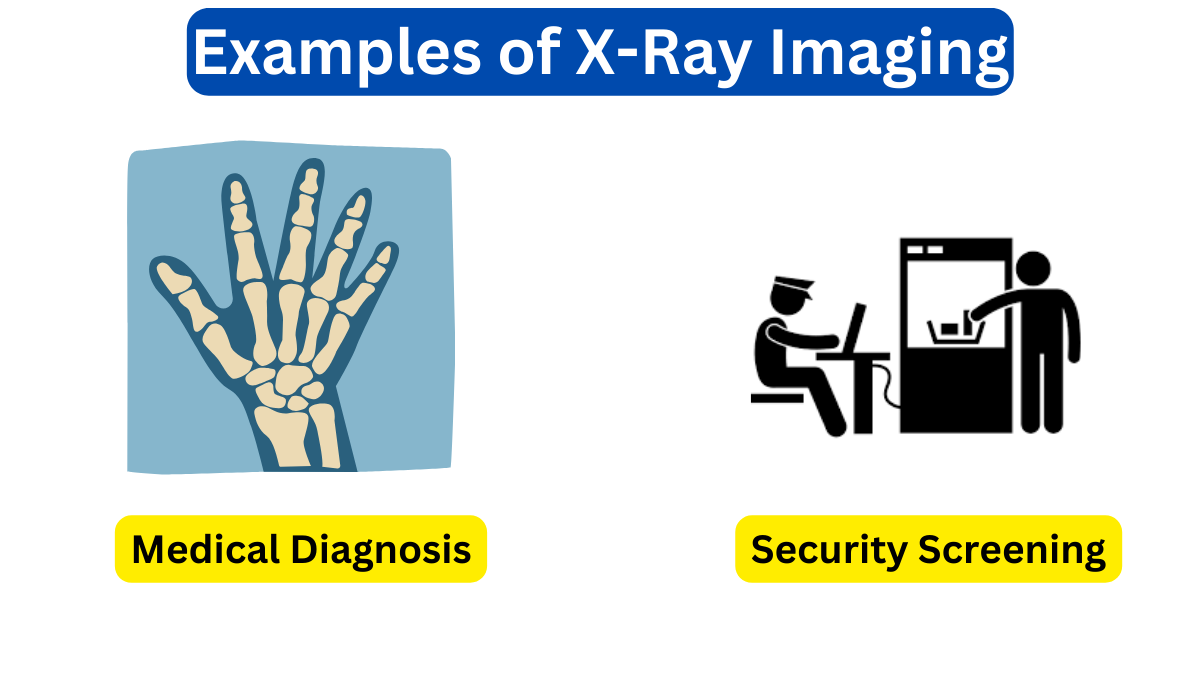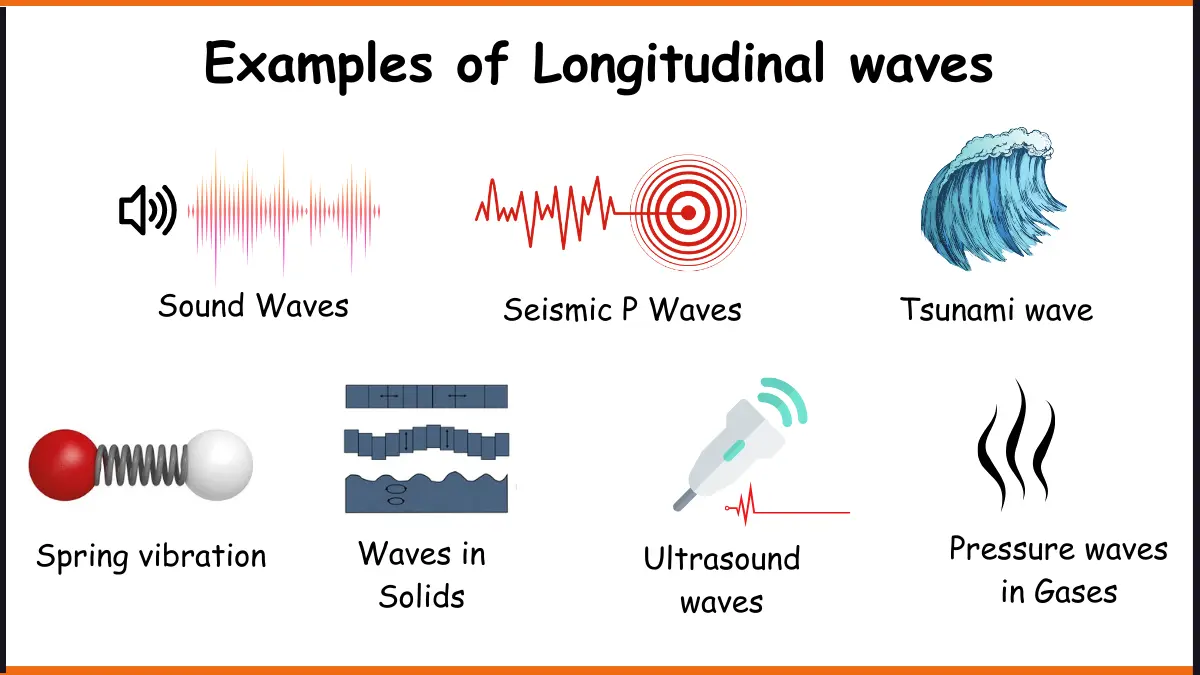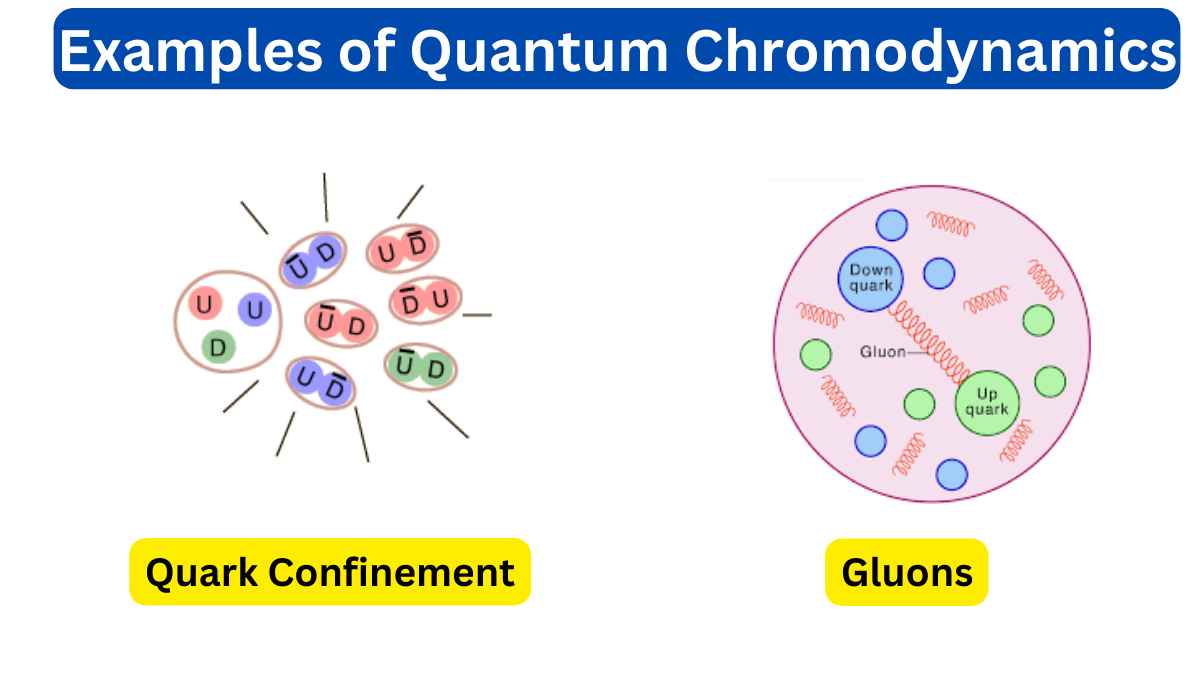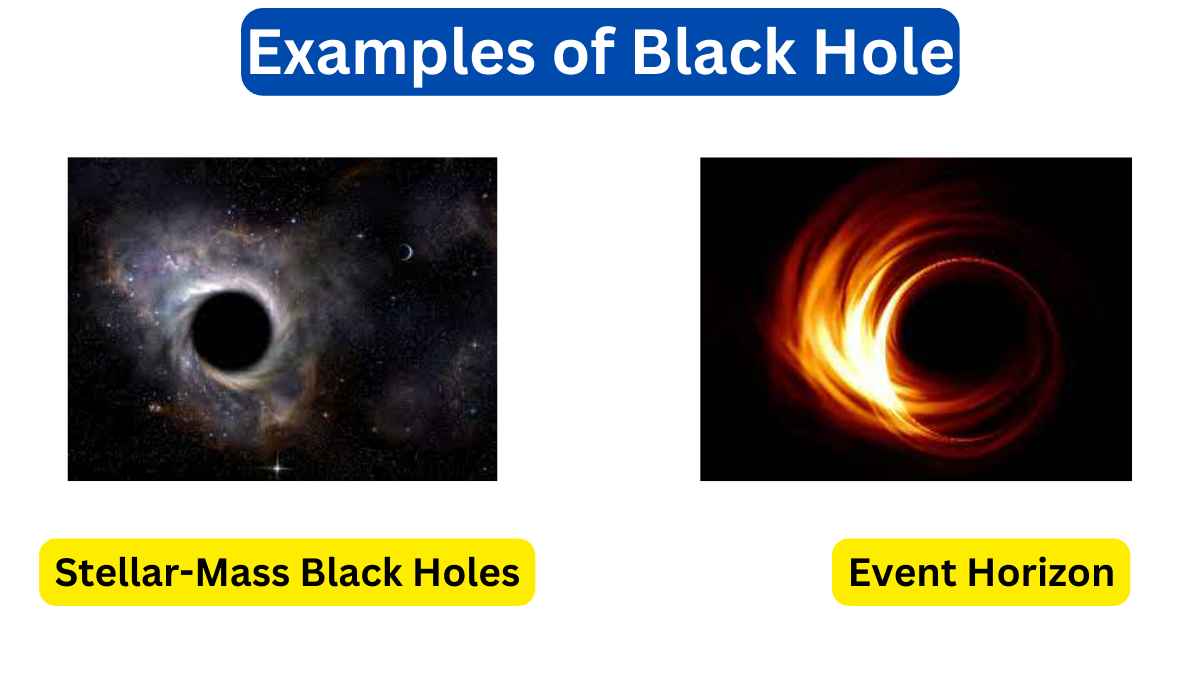10 Examples of Nuclear Reactions
Nuclear reactions are fundamental processes that involve the transformation of atomic nuclei. These reactions can release enormous amounts of energy. Examples of Nuclear Reactions include nuclear power generation, astrophysics, and even nuclear weapons.
Examples of Nuclear Reactions
Here are 10 examples of nuclear reactions in our daily life.

Nuclear Fission
Nuclear fission is the process where a heavy atomic nucleus, such as uranium-235 or plutonium-239, splits into two or more smaller nuclei, accompanied by the release of energy. This reaction powers nuclear reactors and atomic bombs.
2. Nuclear Fusion
Nuclear fusion is the opposite of fission, where two light atomic nuclei combine to form a heavier nucleus. This reaction powers the sun and holds the promise of clean and virtually limitless energy on Earth.
3. Alpha Decay
Alpha decay involves the emission of an alpha particle, consisting of two protons and two neutrons, from a radioactive nucleus. This process stabilizes the parent nucleus and can be found in elements like uranium.
4. Beta Decay
Beta decay includes the release of either an electron (beta-minus decay) or a positron (beta-plus decay) from a radioactive nucleus. This phenomenon transforms a neutron into a proton or vice versa, changing the element.
5. Gamma Decay
Gamma decay is the emission of high-energy gamma photons from an excited nucleus. It’s often associated with the de-excitation of a nucleus following other nuclear reactions.
6. Neutron Capture
Neutron capture involves the absorption of a neutron by a nucleus, leading to the formation of a new isotope or an excited state of the same nucleus. This process is crucial in nuclear reactor operation.
7. Spallation
Spallation is a nuclear reaction in which a high-energy particle, typically a proton or neutron, collides with a target nucleus and breaks it into smaller fragments. It is used in particle accelerators and is also important in cosmic-ray interactions.
8. Nuclear Isomerism
Nuclear isomerism occurs when a nucleus exists in an excited state with a longer-than-usual half-life. Transitioning between these states can release energy and is studied in nuclear physics.
9. Neutrino-Induced Reactions
Neutrino-induced reactions involve neutrinos interacting with atomic nuclei, often leading to the transformation of protons into neutrons or vice versa. These reactions are critical in astrophysics, especially in understanding supernovae.
10. Photodisintegration
Photodisintegration is a nuclear reaction where a high-energy photon (typically a gamma-ray) collides with a nucleus, breaking it apart into smaller fragments. It plays a significant role in nucleosynthesis in stars.

 written by
written by 





Leave a Reply